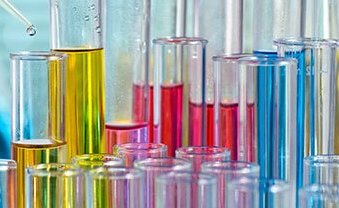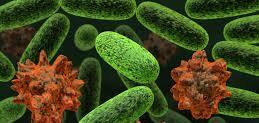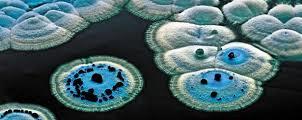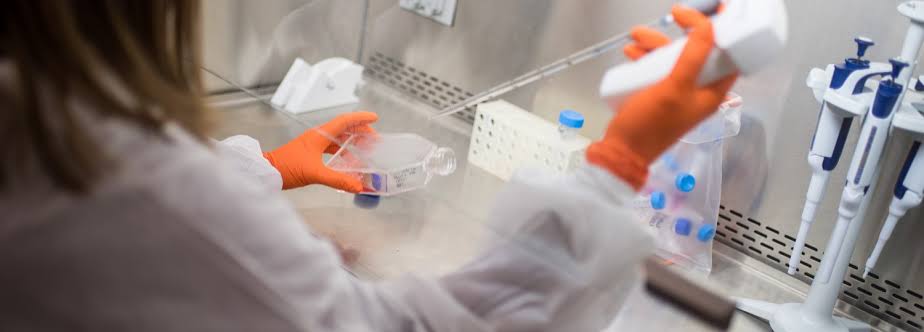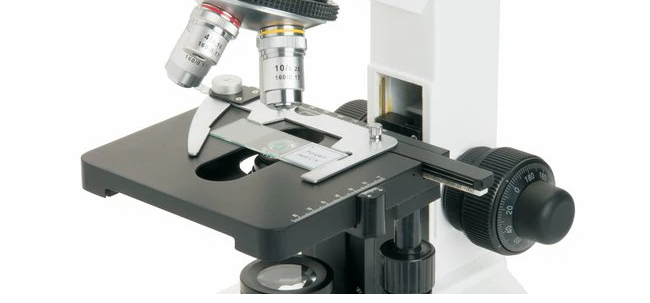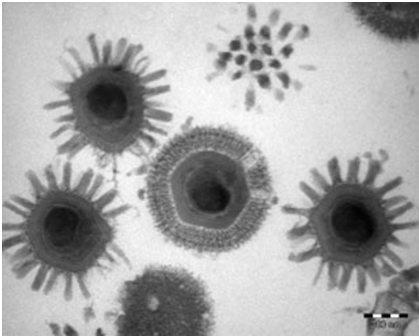BIOCHEMICAL TESTS USED IN BACTERIOLOGY LAB
Biochemical tests are series of experiments that can be used to differentiate bacteria based on their metabolic activity or ability to utilize a given substrate such as glucose. These tests are generally useful in characterizing bacteria in the Microbiology Laboratory, and they take advantage of the organism’s physiological, osmotic, and nutritional requirements. The identification of […]
BIOCHEMICAL TESTS USED IN BACTERIOLOGY LAB Read More »
Biochemical Tests in Microbiology Lab
